What is nitric oxide?
Nitric oxide is a gas that is inhaled. It works by relaxing smooth muscle to widen (dilate) blood vessels, especially in the lungs.
Nitric oxide is used together with a breathing machine (ventilator) to treat respiratory failure in premature babies.
Your baby will receive this medication in a neonatal intensive care unit (NICU) or similar hospital setting.
Nitric oxide may also be used for purposes not listed in this medication guide.
Nitric oxide side effects
Nitric oxide causes few side effects, but your baby may have noisy breathing, blood in the urine, or possibly a collapsed lung. There is also a possibility that the baby will have breathing difficulties after the nitric oxide treatment is stopped.
Some of these problems may require further treatment by health care professionals. Your baby will remain under constant supervision during treatment with nitric oxide.
Warnings
To best participate in the care of your baby during treatment with nitric oxide, carefully follow all instructions provided by your baby’s caregivers.
Before taking this medicine
To best participate in the care of your baby while he or she is in the NICU, carefully follow all instructions provided by your baby’s caregivers.
How is nitric oxide given?
Nitric oxide is inhaled into the baby’s lungs through the mouth or nose.
Your baby may also be using a breathing tube connected to a ventilator (a machine that moves air in and out of the lungs to help your baby breathe easier and get enough oxygen).
Nitric oxide is usually given for up to 14 days. You baby may need to be weaned off this medication slowly, using less and less before treatment is stopped completely.
Your baby’s breathing, blood pressure, oxygen levels, and other vital signs will be watched closely during treatment with nitric oxide. This will help your doctor determine how long to continue treatment with nitric oxide. Your child may also need blood tests.







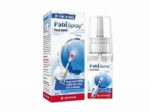



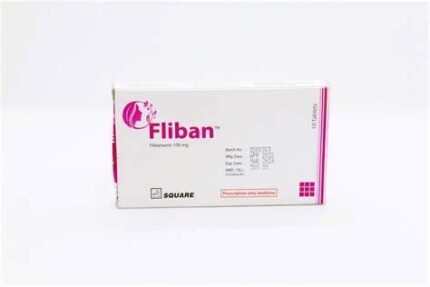










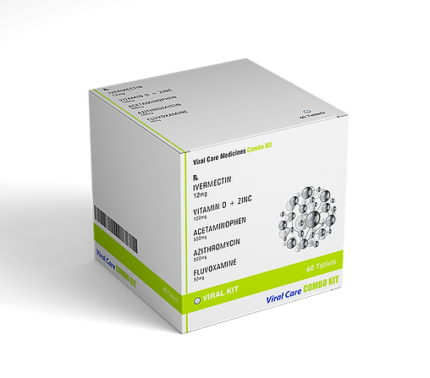

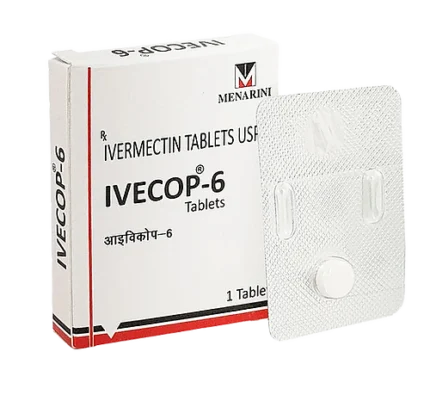


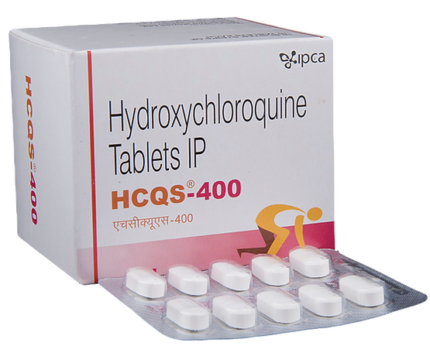


Reviews
There are no reviews yet.